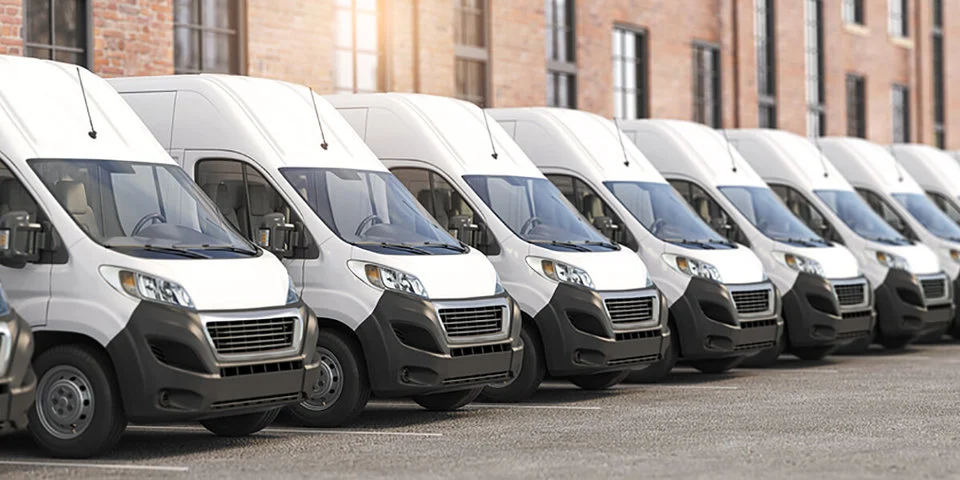
New driving licence rules for heavier electric vans, bringing them into line with their lighter petrol and diesel counterparts, come into force from today (Tuesday, June 10).
The changes, which were first announced in February, enable standard category B licence holders to drive zero-emission vehicles up to 4.25 tonnes, broadening the flexibility to cover all vehicle types, beyond goods vans.
Accounting for the additional weight of the vehicle’s batteries, the rule change applies to vans, minibuses, SUVs, trucks, and any vehicle that can be driven up to 3.5 tonnes if they are petrol and diesel.
The additional five-hour training requirement for drivers is also removed along with changes to towing allowances for zero-emission vehicles weighing up to 4.25 tonnes.
You are now able to tow a trailer as long as the maximum authorised mass (MAM) of the vehicle and trailer combination does not exceed 7,000kg.
For example, if your vehicle has a MAM of 4,250kg, then the MAM of your trailer will be limited to 2,750kg. The MAM of the trailer must never exceed 3,500kg.
If you passed your category B driving test before January 1, 1997, you can drive vehicle and trailer combinations up to 8.25 tonnes.
Further flexibility on electric vans expected soon
Further regulations around the operation of 4.25-tonne electric vans, including those related to annual vehicle testing, drivers’ hours and tachographs, and speed limiter devices, remain a barrier to widespread fleet adoption of the vehicles.
The Department for Transport (DfT) told Fleet News that the Government response to the consultation on further regulatory flexibility for zero emission vans will be communicated in “due course”.
“Out-of-date regulations are hampering the transition to a cleaner, greener van fleet, so we welcome any modernisation to reflect the profiles of today’s vehicles,” said Toby Poston, chief executive of the British Vehicle Rental and Leasing Association (BVRLA).
“These changes are long overdue and leave a couple of other urgent updates waiting in the wings.
“The BVRLA, in coalition with its Zero Emission Van Plan partners, continues to call for this red tape to be eliminated.
“Regulatory barriers remain a key blocker for van fleet decarbonisation, alongside the lack of fiscal support and concerns over charging.
“Government knows the levers that need to be pulled and we are optimistic that today’s changes mark the start of more progress to come.”
Registrations of electric LCVs up to 4.25 tonnes grew by 77.5% in April, to 1,686 units and now represent 8.3% of the market – up from 4% a year ago.
Electric vans weighing between 3.5-4.25 tonnes, however, accounted for just 4.4% (75 units) of this monthly total
Source Fleetnews
